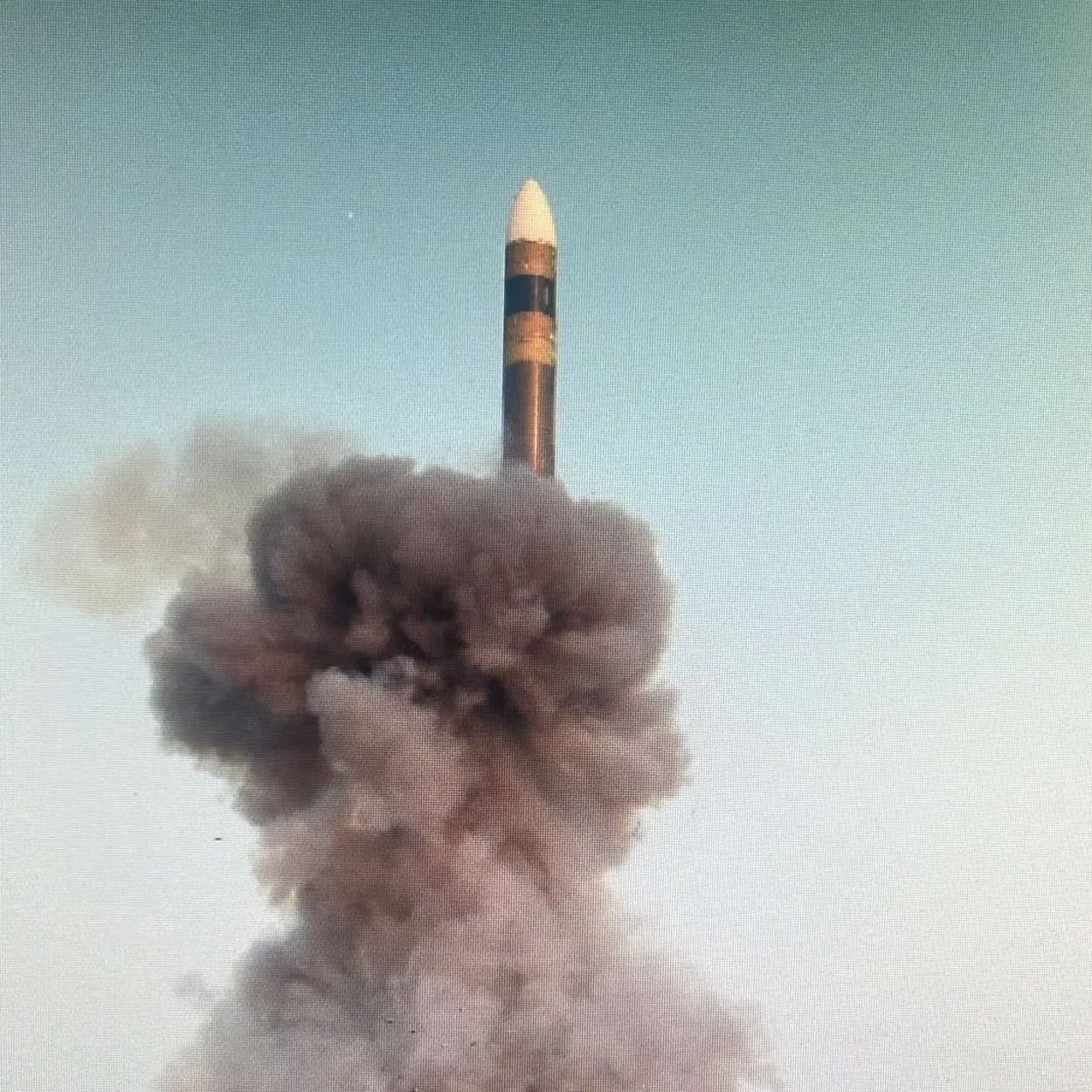India has unveiled the inaugural image of its Agni-5 ballistic missile, featuring advanced Multiple Independently Targetable Re-entry Vehicle (MIRV) technology, following a successful test on Monday.
In an Instagram post on Tuesday, India’s Ministry of Defense announced, “The first successful flight-test of indigenously-developed Agni-5 missile with Multiple Independently Targetable Re-Entry Vehicle Technology has been carried out by DRDO from Dr. APJ Abdul Kalam Island in Odisha,” accompanying the statement with the released photo.
Monday marked a significant milestone as India conducted a triumphant test of its Agni-5 intercontinental ballistic missile (ICBM), demonstrating its capacity to carry multiple nuclear warheads. With this achievement, India joins an exclusive group of nations possessing such capabilities, including the United Kingdom, France, Russia, and China.
India’s Defense Research & Development Organisation (DRDO), the driving force behind the Agni series, has been diligently advancing missile technology to safeguard against its primary adversaries, China and Pakistan. According to NDTV, the Agni-5 is equipped to carry various payloads, from micro-nukes to large thermo-nuclear weapons.

Prime Minister Narendra Modi expressed pride in the achievement, tweeting, “Proud of our DRDO scientists for Mission Divyastra (‘divine weapon’ in Hindi), the first flight test of indigenously developed Agni-5 missile with Multiple Independently Targetable Re-entry Vehicle (MIRV) technology.”
The Agni-5 ICBM boasts a range estimated between 3,100 to 4,900 miles, as outlined by the Washington-based think tank Center for Strategic and International Studies. This range indicates a strategic focus on China, rather than India’s historical rival, Pakistan.
The missile test coincides with a prolonged military standoff between China and India along their border, with troops stationed at the Line of Actual Control for the past four years.
Demonstrating its capability, the Agni-5 test successfully deployed three MIRVs over a distance exceeding 2,000 miles, showcasing its potential to reach distances of up to 3,000 miles.
Retired Indian Army General Rakesh Sharma, now a distinguished fellow at the Vivekananda International Foundation, noted the geopolitical implications of the test, particularly in signaling to China. “China has attempted to geopolitically pressurize in manifold ways by creating a technological asymmetry. Indigenous development of MIRVed ICBM intimates to the region and world at large that India has the technological prowess. India also is a capable nation against an expansionist China,” Sharma stated to Newsweek.
Meanwhile, Chinese experts have interpreted India’s move within the context of their bilateral relationship. “Usually, ICBMs have ranges greater than 5,500 kilometers, but this Indian missile with a range of 5,000 kilometers, which is also referred to as an ICBM, particularly shows that India’s main hypothetical enemy is China,” observed Qian Feng, director of the research department at the National Strategy Institute at Tsinghua University, in an interview with the Chinese state-run newspaper Global Times on Tuesday.























